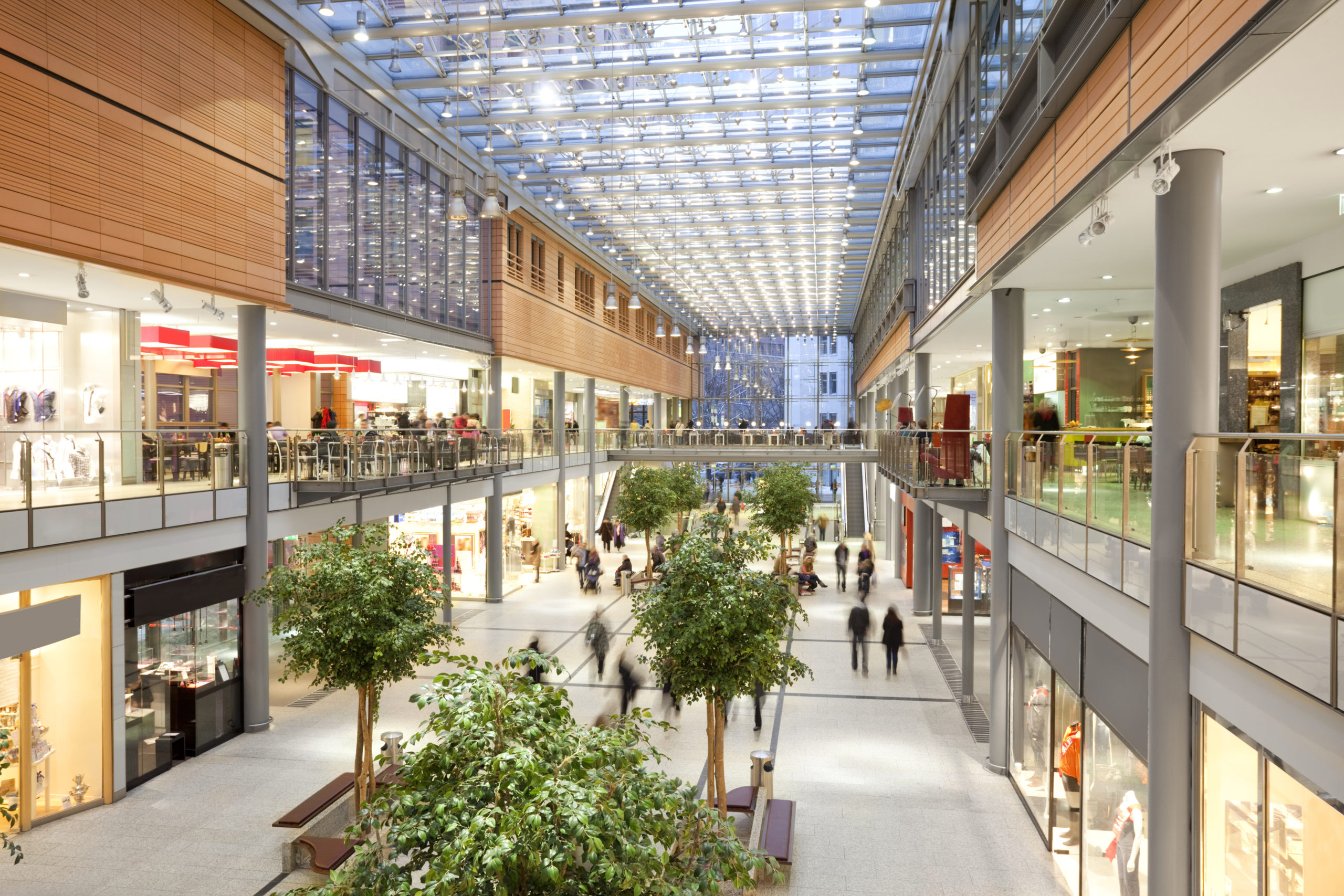Retail Conversions a Great Option for Logistics
The question as to what to do with the skeletons of the once-great American shopping scene has been on the table for years now. And, as much discussion circulates throughout the industry, little progress has been made in finding new functions for the many dead and dying retail spaces all around the country.
Over the years, commercial real estate has speculated solutions for these spaces, but none of the proposed answers has stuck. Malls to mixed-use, offices, apartments, and even schools have been potential candidates for the notoriously pending retail retrofitting projects.
But, could the solution that really works finally be upon us?
According to Prologis, the answer is yes and it’s in the form of logistics centers. Their recent report dives into why logistics facilities are the ideal replacement for failing retail assets and why now is the time for this adaptation to actually roll out. Here’s a breakdown of the findings:
COVID’s Role in Stimulating Growth
While these past few months were certainly a pain, it’s impossible to disregard the amazing amount of growth that was precipitated by the pandemic.
According to Prologis, COVID-19 has actualized more than 5 years’ worth of retail evolution in less than 5 months. This growth has been most intense in the realms of digital retail and online shopping. The report states that in 2020, online sales have accelerated to hover around annual gains of $340B. Looking ahead, Prologis predicts the percentage of total U.S. retail goods sold online will reach 25% by 2024.
The Solution: Recycling Retail
As a result of these massive gains, logistics real estate has seen a major burst in demand – and there’s a tangible need for CRE to embrace logistics as a sizable tenant.
In efforts to find viable solutions to the new challenges introduced by retail’s pandemic-inspired reformation, many brands have been considering transforming their low-performing stores into high-quality logistics centers. This strategy leverages retail’s massive physical footprint in order to solve one of its own needs.
Not All Conversions Look the Same
According to the report, the process of converting retail to logistic centers will vary depending on the asset’s format.
For example, freestanding retail is the most promising source of logistics conversions as they’re easy to reformat and plenty in number. On the other hand, the large enclosed mall asset is cited as the most complex, time-consuming, and intensive conversion project. As the open-air shopping center remains brick-and-mortar’s best hope post-pandemic, it’s not likely that these high-performance assets will be turned over to logistics.
If the trend takes hold, paying mind to the various asset types will help CRE strategize conversion potentials.
Blending the Online and the Physical
The value in converting lacking retail assets into logistic centers lies in its inherent support back into the retail scheme. Utilizing unsatisfactory store locations as logistic centers to facilitate e-commerce expansion takes the concept of blending online and physical retail to an entirely new level.
Stores to logistics is a symbiotic solution for the collection of retail assets waiting to be revamped.


